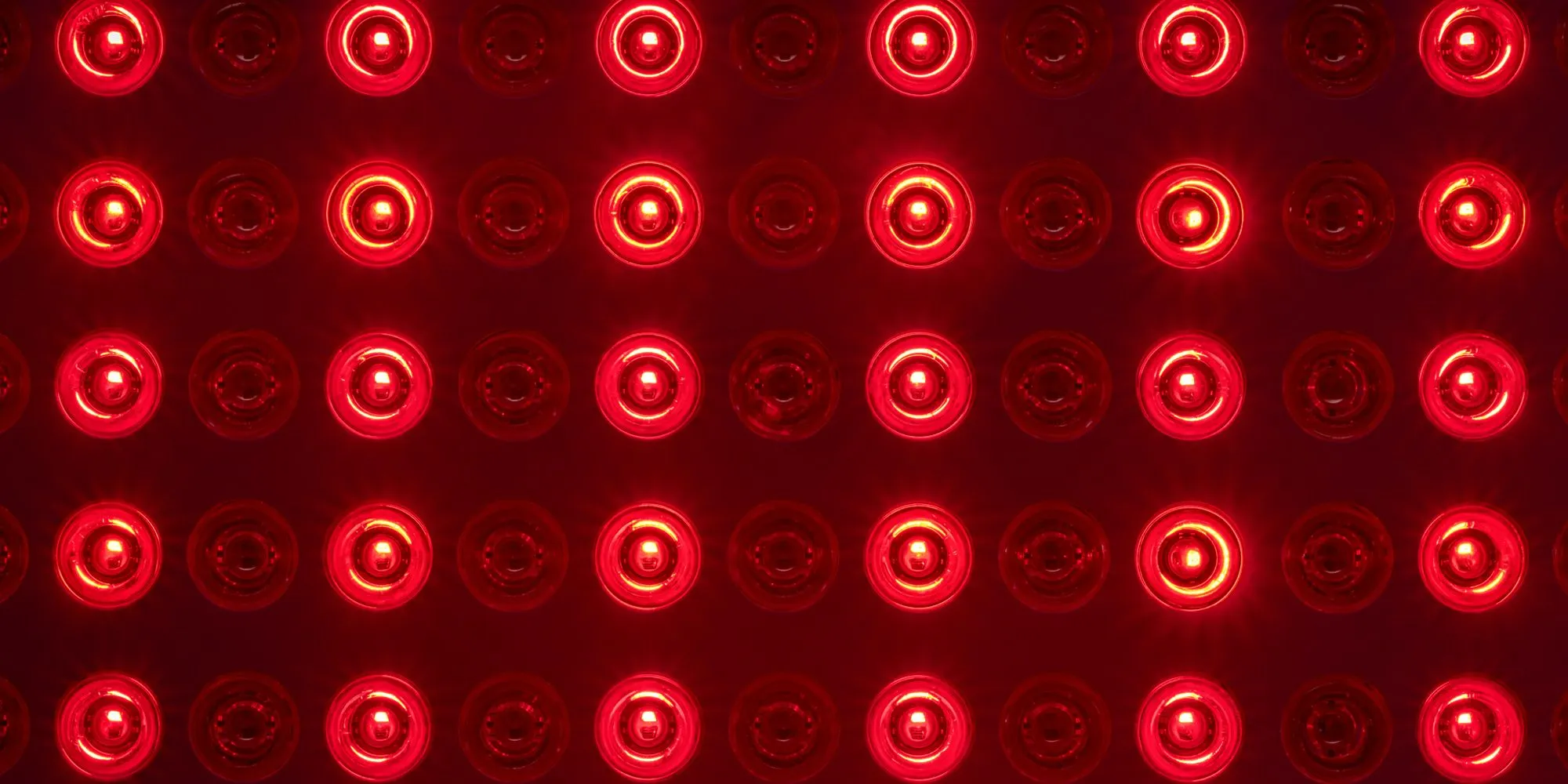Exploring the Benefits of Red Light Therapy in Pain Management and Athletic Recovery

What is Red Light Therapy?
Red light therapy (RLT) is a cutting-edge approach that delivers photobiomodulation to promote healing and recovery. By using specific wavelengths of light, RLT energizes cells, allowing them to function more effectively.
Benefits for Athletes
B elite athletes often utilize RLT to speed up recovery times after intense workouts. Studies indicate that RLT can decrease enzyme levels responsible for muscle pain, making it a perfect fit in professional sports training facilities.
Performance Enhancement
- B Improves athletic performance by increasing circulation and reducing lactic acid levels.
- B Boosts recovery by promoting cellular energy production.
Medical Uses of RLT
Doctors are intrigued by RLT not only for its cosmetic effects but also for its pain-relieving properties. It has shown promise in treating:
- B Inflammatory pain through altering gene expression.
- B Swelling by optimizing lymphatic drainage.
- B Chronic pain management, potentially reducing opioid dependency.
Considerations and Limitations
However, RLT is not a universal cure. The efficacy of non-medical devices remains uncertain, and consultation with healthcare providers is advised before starting treatment.
Optimizing RLT Sessions
- Get close to the light source for best results.
- Engage in sessions 2 to 3 times a week for 15 to 20 minutes.
- Seek guidance from medical professionals for effective use.
This article was prepared using information from open sources in accordance with the principles of Ethical Policy. The editorial team is not responsible for absolute accuracy, as it relies on data from the sources referenced.